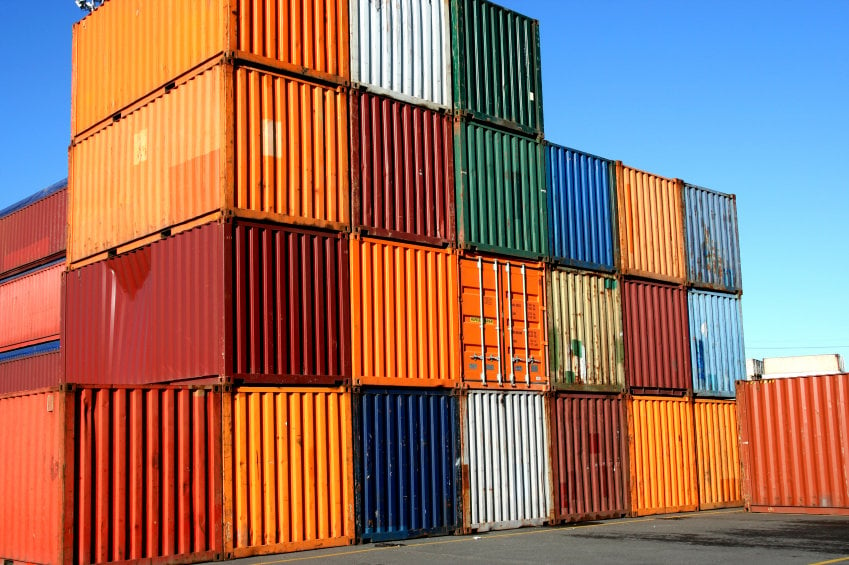You have been reading both on our blog and other industry sources on what Panama Canal will be bringing. The main question is, did it really bring what has been promised and what does that mean to the shipping industry in the near future?
Just to be clear and understand the impact, Panama Canal was handling %48 of US Trade against Suez canal, and as of today (just a little more than a month after the canal opened) Panama’s share has already reached to %57 and over-passed Suez Canal.
According to JOC, based on recent fuel prices and tolls start of the year, per TEU round-trip cost on Panamax sailing would be around $1150 to $1175 per TEU via Panama, against $1210 to 1285 via the Suez. Of course this is based old locks / smaller (4-5000 TEU) Panamax ships, now with the expansion and larger vessels of 8000 teus, that round-trip cost will drop to about $850/TEU.
With this big cost savings it affects CKYHE Alliance, and has already replaced their Suez service with an alternative through Panama.
Also on 7.20.16, Maersk announced their new service which will be replacing one of their Suez routed Asia to US East Coast. 2M partners will be deploying vessels of 8,500 TEU’s size on this route.
From my point of view, Panama Canal has 2 major impact zones and those are,
1- Midwest cargo that currently moves thru LA
2- Mid-South Regions – like TX, LA, AL, TN, AR, MS that uses West/East Coast Ports
If you are an exporter or an importer in these major impact zones, I think you may consider to look at your supply chain alternatives again in the upcoming months.
For Midwest, currently there are fast west coast services to and from Asia, against slower East Coast services. Now with Panama Canal, we will see faster vessels touching US Gulf and East Coast ports. With a little buffer of inventory to absorb extra 3-4 days transit time difference, exporters and importers will have the opportunity to use more secure (west coast port strikes, operational problems etc.) ports like Norfolk, New York or even New Orleans thru their supply chain. Customer will be able to manage with a just a little slower transit time using rail can reach to Chicago, Cleveland, Indiana, Detroit thru these transit points.
For Mid-South Regions, Gulf Ports will be having improved transit times. In the past we had been seeing 1 or 2 services that touch Gulf Ports direct from Asia and now those number of sailings and capacity of vessels will be increasing. We see 2M already serving directly from Houston and Mobile to Asia. We are seeing also a few more carriers buying slots on Gulf services and testing waters. With the improved transit time and more competitive pricing, south states can be utilizing Gulf Ports more than ever. With the 10s of warehouse projects and trans-loading opportunities in Houston, New Orleans and Mobile, customers can easily utilize trans loading capabilities of Gulf region besides the intermodal options.




